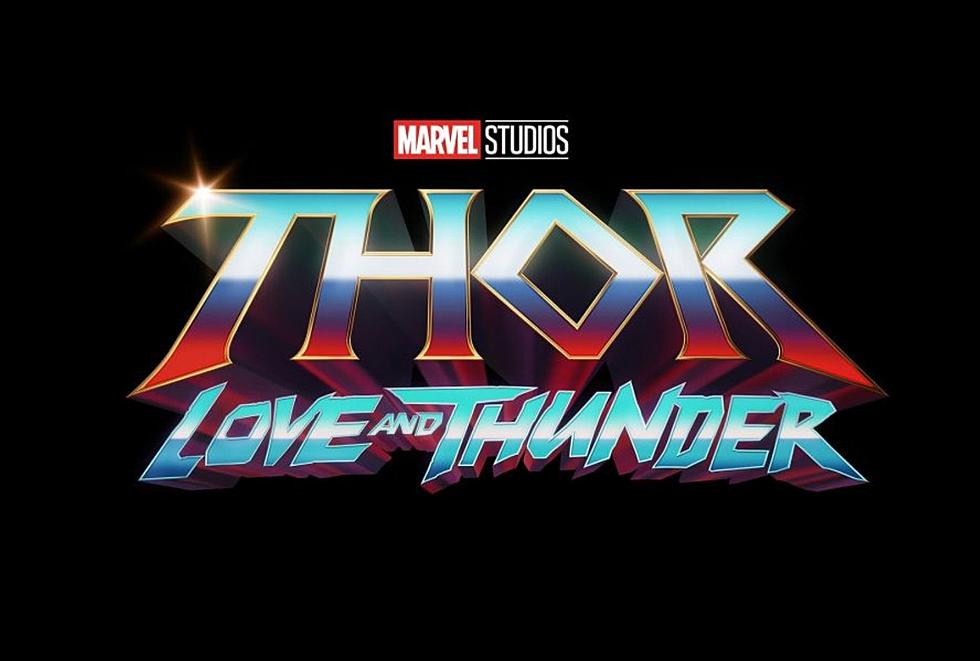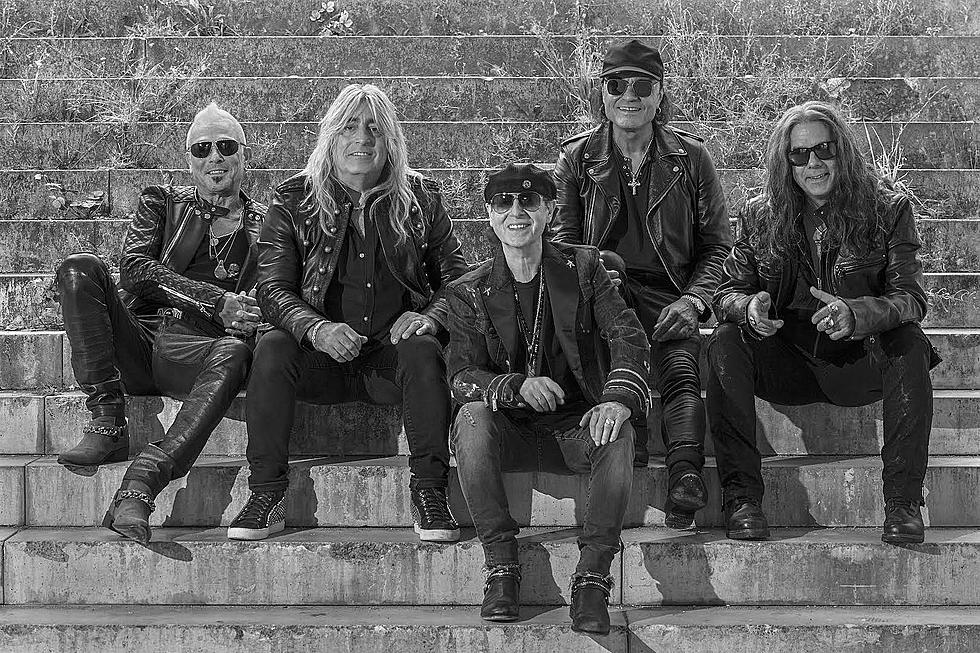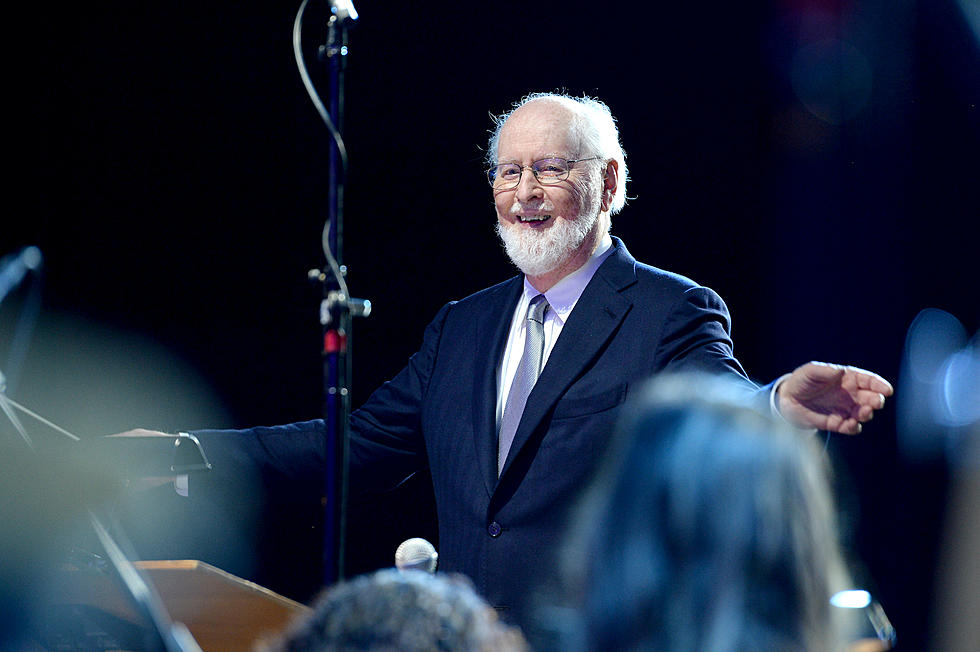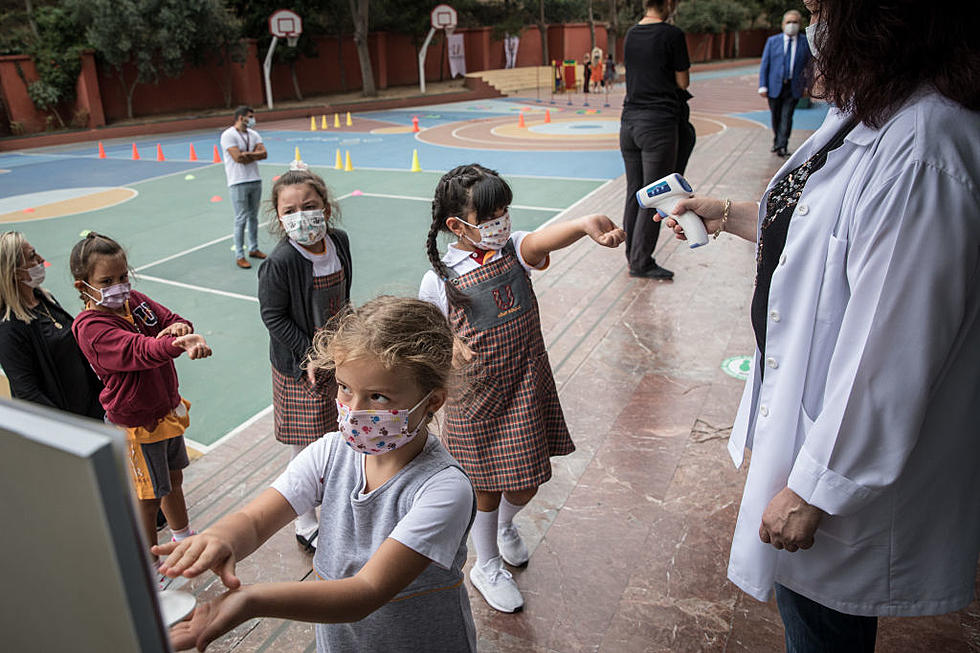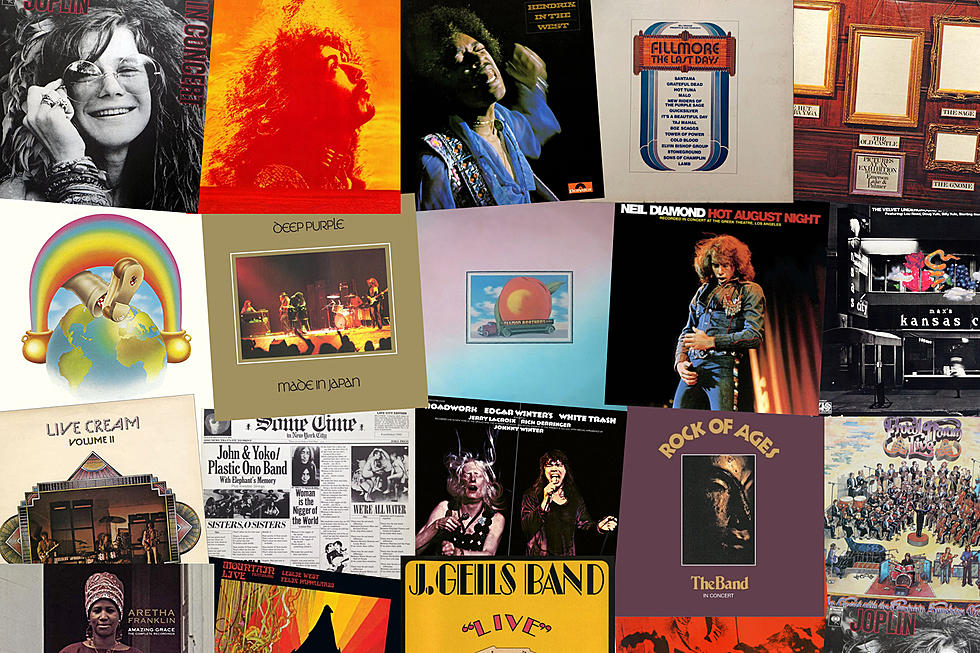
The Live Album Becomes an Art Form: 20 Classics From 1972
Live albums were already a part of the rock record business before 1972.
There had been multiple live releases from the likes of the Rolling Stones, Jimi Hendrix and James Brown, along with classic titles by the Who, the Allman Brothers Band, Cream, the Grateful Dead, Humble Pie, Jefferson Airplane, Grand Funk Railroad, Elton John and Crosby, Stills, Nash & Young — not to mention the Woodstock: Three Days of Peace and Music soundtrack.
More than placeholders or stopgaps, live albums were becoming creative works in their own right: integral parts of any act's catalog, snapshots of how they carried themselves onstage at that particular point in time.
But the live album arguably came into its own in 1972.
The release sheet for that year is brimming with important concert souvenirs, including landmarks by the Band, Deep Purple, Neil Diamond and Aretha Franklin. With that in mind, we pick the 20 key titles from 1972 that took us to the stage without ever having to leave the house.
The Allman Brothers Band, Eat a Peach
(Feb. 12, 1972)
With the triumph of the previous year's At Fillmore East tempered by Duane Allman's death in October 1971, this half-live, half-studio set told the rest of the story with additional Fillmore tracks such as "One Way Out," "Trouble No More" and "Mountain Jam" — the latter, at nearly 34 minutes, split between the first and fourth sides. A 2006 deluxe edition corrected that and added more live tracks, and studio material like "Melissa," "Blue Sky" and "Ain't Wastin' Time No More" ranks as some of the Allmans' best.
The Band, Rock of Ages
(Aug. 15, 1972)
The Band set out to do something special with their year-end 1971 shows at New York's Academy of Music, recruiting Allen Toussaint to write arrangements for an all-star five-piece horn section. The results were stellar and definitive, even before Bob Dylan's guest appearance for four songs from the stand's final night. For further essential listening, go straight to 2013's Live at the Academy of Music 1971 box set or two-CD compilation.
Cream, Live Cream Volume II
(March 2, 1972)
The follow-up and companion piece to 1970s Live Cream was a bit of a cash-in but found the trio — long defunct by that point — cranking through solid renditions of "White Room," "Politician," "Sunshine of Your Love" and a lengthy take on Memphis Slim's "Steppin' Out." A welcome addition to a small catalog.
Deep Purple, Made in Japan
(Dec. 8, 1972)
Mk. II was smoking across the water when the band touched down for three shows in Tokyo and Osaka during the summer. The Machine Head album was giving the quintet its strongest commercial berth yet, and the group celebrated with extended takes on "Lazy," "Smoke on the Water" and, of course, 20 minutes of "Space Truckin'" that filled Side Four. Presumably, there was more than one "Woman From Tokyo" in the crowd as well.
Neil Diamond, Hot August Night
(Dec. 9, 1972)
Diamond took the stage at Los Angeles' Greek Theatre on Aug. 24 and burned the house down with a generous selection from his burgeoning catalog, touching on early recordings ("Solitary Man," "Cherry, Cherry") and recent hits such as "Song Sung Blue" and "Play Me." The first release on the newly christened MCA Records label, the resulting live LP hit No. 5 on the Billboard 200 and was certified double-platinum. A 40th-anniversary edition in 2012 featured more from the show, and Diamond recorded three live sequel albums in 1987, 2009 and 2016.
Edgar Winter's White Trash, Roadwork
(March 1972)
The gang was all on board when Winter and his brassy revue played hot shows in New York and Los Angeles for one of only two albums under the White Trash name. Rick Derringer rocked through "Still Alive and Well" and "Back in the U.S.A.," and Johnny Winter returned from a short hiatus for "Rock & Roll, Hoochie Koo." Seventeen minutes of "Tobacco Road," meanwhile, just smoke.
Emerson, Lake & Palmer, Pictures at an Exhibition
(November 1971)
Technically a new work, the all-star trio's rendition of the classical Mussorgsky piece was recorded in front of an audience in Newcastle, England. It seemed audacious but totally in keeping with the times, and ELP's additions ("The Sage," "Blues Variation," "The Curse of Baba Yaga") fit nicely. And it doesn't have to be Christmas time to get a kick out of the spirited "Nut Rocker" at the end.
Aretha Franklin, Amazing Grace
(June 1, 1972)
Just before the release of Young, Gifted and Black, arguably her finest studio album, the Queen of Soul went back for two nights of gospel at the Missionary Baptist Church that yielded this landmark album. Although reportedly wracked with nerves, Franklin was touched by the spirit, delivering truly divine performances of both spiritual standards and contemporary material such as Marvin Gaye's "Wholy Holy" and "You'll Never Walk Alone" from Carousel. Captured on both album and, by Sydney Pollack, on film, it won a Grammy Award for Best Soul Gospel Performance and remains the best-selling live gospel album of all time. We also recommend 1999's Amazing Grace: The Complete Recordings.
Grateful Dead, Europe '72
(Nov. 5, 1972)
Six sides of prime Dead from across the pond in spring 1972, marking the first recordings with Keith and Donna Godchaux in the band and Mickey Hart on hiatus, leaving Bill Kreutzmann as the lone drummer. All hands were up to the task — even the ailing Ron "Pigpen" McKernan — and the double-platinum set remains one of the Dead's most successful commercial live releases.
Jimi Hendrix, Hendrix in the West
(January 1972)
Hendrix's rock virtuosity is on display throughout this posthumous live collection, an eight-song sampler spanning 1969-70 and performances in Berkeley, San Diego, London and at the Isle of Wight Festival — the latter including an instrumental interpolation of "God Save the Queen" into the Beatles' "Sgt. Pepper's Lonely Hearts Club Band." There are also some rare covers (Chuck Berry's "Johnny B. Goode," Carl Perkins' "Blue Suede Shoes") and a burning rendition of "Red House."
J. Geils Band, Live Full House
(Sept. 26, 1972)
After just two studio albums, the Boston sextet demonstrated its blow-your-face-off stage acumen with this energetic set recorded in the group's second hometown of Detroit. There's just one original ("Hard Drivin' Man"), but they made the blues and soul covers sound like their own, setting the stage for the following year's "Give It to Me" breakthrough.
Janis Joplin, In Concert
(May 1972)
Coming between the posthumous Pearl and Janis Joplin's Greatest Hits, this two-LP set spanned 1968-70, including gigs with both Big Brother and the Holding Company and the Full Tilt Boogie Band. Sides three and four were drawn from Toronto and Calgary stops on the Festival Express tour, with the latter yielding long workouts on "Try (Just a Little Bit Harder)," "Get It While You Can" and "Ball and Chain."
King Crimson, Earthbound
(June 9, 1972)
Recorded on a U.S. tour earlier in the year, this version of King Crimson — Robert Fripp, Boz Burrell, Mel Collins and Ian Wallace — had broken up by the time Earthbound came out. The sound quality of the original release was a bit weak, but it was improved for subsequent CD editions, which also expanded the set from five to 12 tracks.
John Lennon and Yoko Ono, Some Time in New York City
(June 12, 1972)
Another half-live, half studio set, with two sides of the duo playing with an all-star band in London (December 1969) and with Frank Zappa and the Mothers of Invention in New York (June 1971). Some songs ("Cold Turkey," "Well [Baby Please Don't Go"]) go down easier than others ("Au," 15 minutes of "Don't Worry Kyoko"), but it certainly captures an energized Lennon feeling his way into a post-Beatles world.
Mountain, Live: The Road Goes Ever On
(April 24, 1972)
Released in the wake of the trio's breakup, the four-song set sampled shows from 1968-72, including a pair ("Long Red" and "Waiting to Take You Away") from the Woodstock festival and a side-long "Nantucket Sleighride" from New York's Academy of Music. A bit too short to be truly satisfying, it provided a placeholder until the group resumed in 1973.
Procol Harum, Procol Harum Live: In Concert With the Edmonton Symphony Orchestra
(April 1972)
Rock bands, especially British ones, loved teaming with orchestras in the early '70s, and this 1971 session proved to be Procol Harum's best-seller, hitting the Top 10 in both the U.S. and Canada. The opening "Conquistador" was a Top 20 hit and radio favorite, and the suite-like "In Held 'Twas in I" was well-suited for the orchestral setting.
Carlos Santana and Buddy Miles, Carlos Santana and Buddy Miles! Live!
(June 7. 1972)
Following the demise of the original Santana lineup, Carlos Santana joined forces with drummer Buddy Miles (of Electric Flag and Jim Hendrix's Band of Gypsys) at the Sunshine '72 Festival in Honolulu. Accompanied by several Santana veterans — including pre-Journey Neal Schon, Greg Errico, Coke Escovedo and Mike Carabello — they vamped through "Evil Ways," Miles' own "Them Changes" and more, then stretched out for 25 minutes of dizzying jam on "Free Form Funkafide Filth."
Slade, Slade Alive!
(March 24, 1972)
The British quartet hadn't yet released "Cum on Feel the Noize" or "Mama Weer All Crazee Now" when it released its first live album, recorded in October 1971 and produced by original Animals bassist Chas Chandler. But Slade were already a cracking live act and showed it on tracks such as "Know Who You Are," "Keep on Rocking" and covers of Steppenwolf's "Born to Be Wild" and the Lovin' Spoonful's "Darling Be Home Soon."
Various Artists, Fillmore: The Last Days
(June 1972)
Nearly a year after the Fillmore West closed its doors with a series of concerts by favorite artists, this triple-disc set offered a little bit of everybody, from Santana, Grateful Dead and Quicksilver Messenger Service to Elvin Bishop, Tower of Power and Boz Scaggs. The all-star jams on Side Six are messy fun — an apt description of the venue's run as a groundbreaking music shrine.
The Velvet Underground, Live at Max's Kansas City
(May 30, 1972)
It was the post-Loaded VU that took the stage in August 1970, with Maureen Tucker gone and replaced by bassist Doug Yule's brother Billy — and Lou Reed would be out by the time of the album's release. Fans have always found this a "safer" version of the band than previous lineups, but the more straightforward approach suits Reed's material fine, especially on "I'm Waiting for the Man," "Sweet Jane" and "Pale Blue Eyes."
Top 100 Live Albums
More From 94.5 KATS




